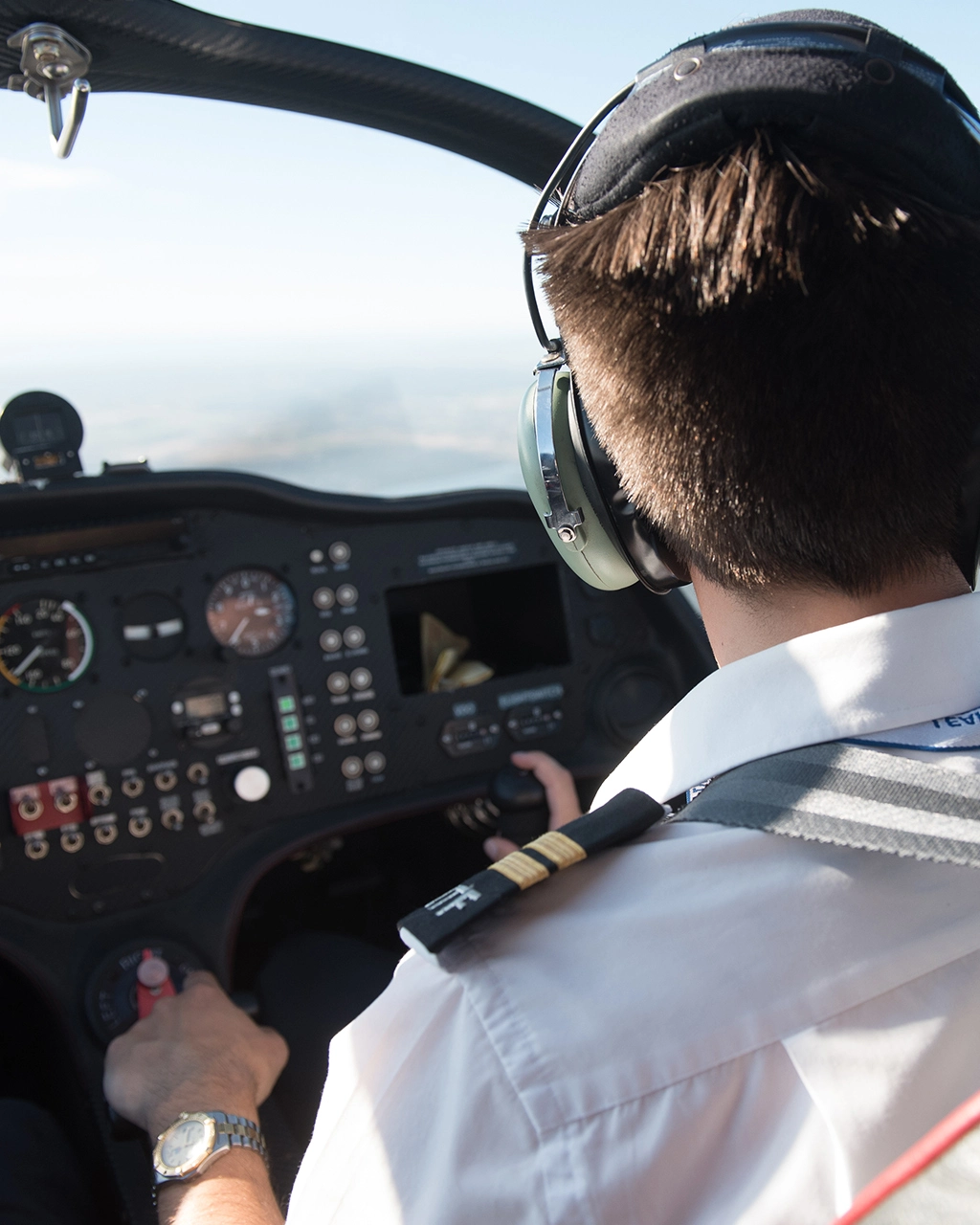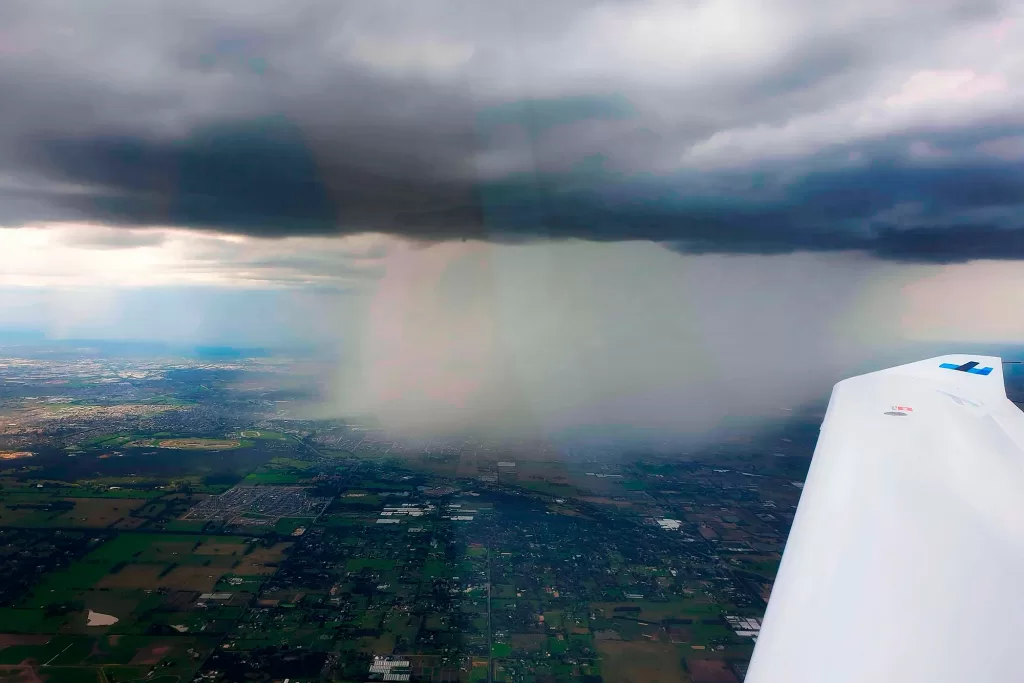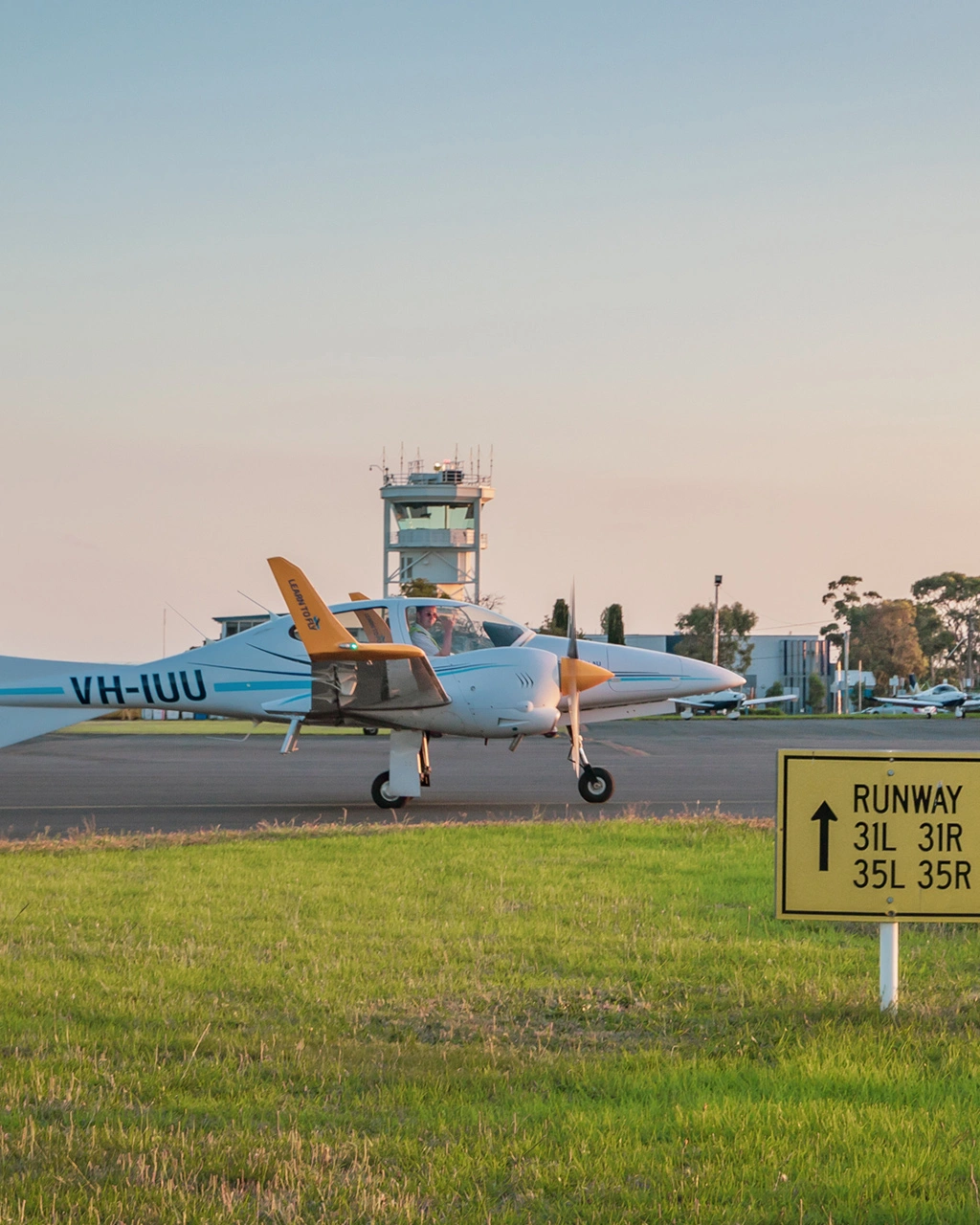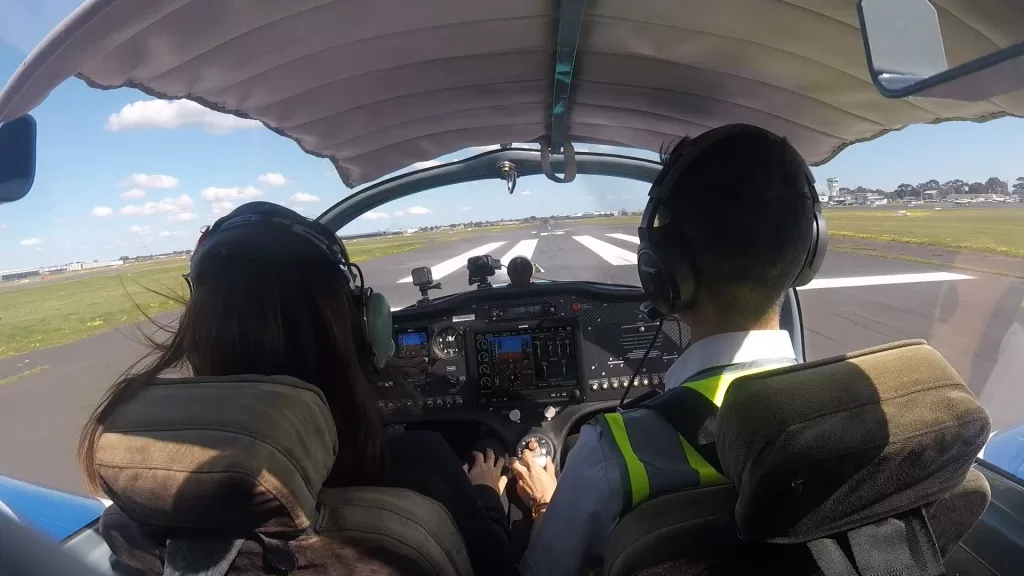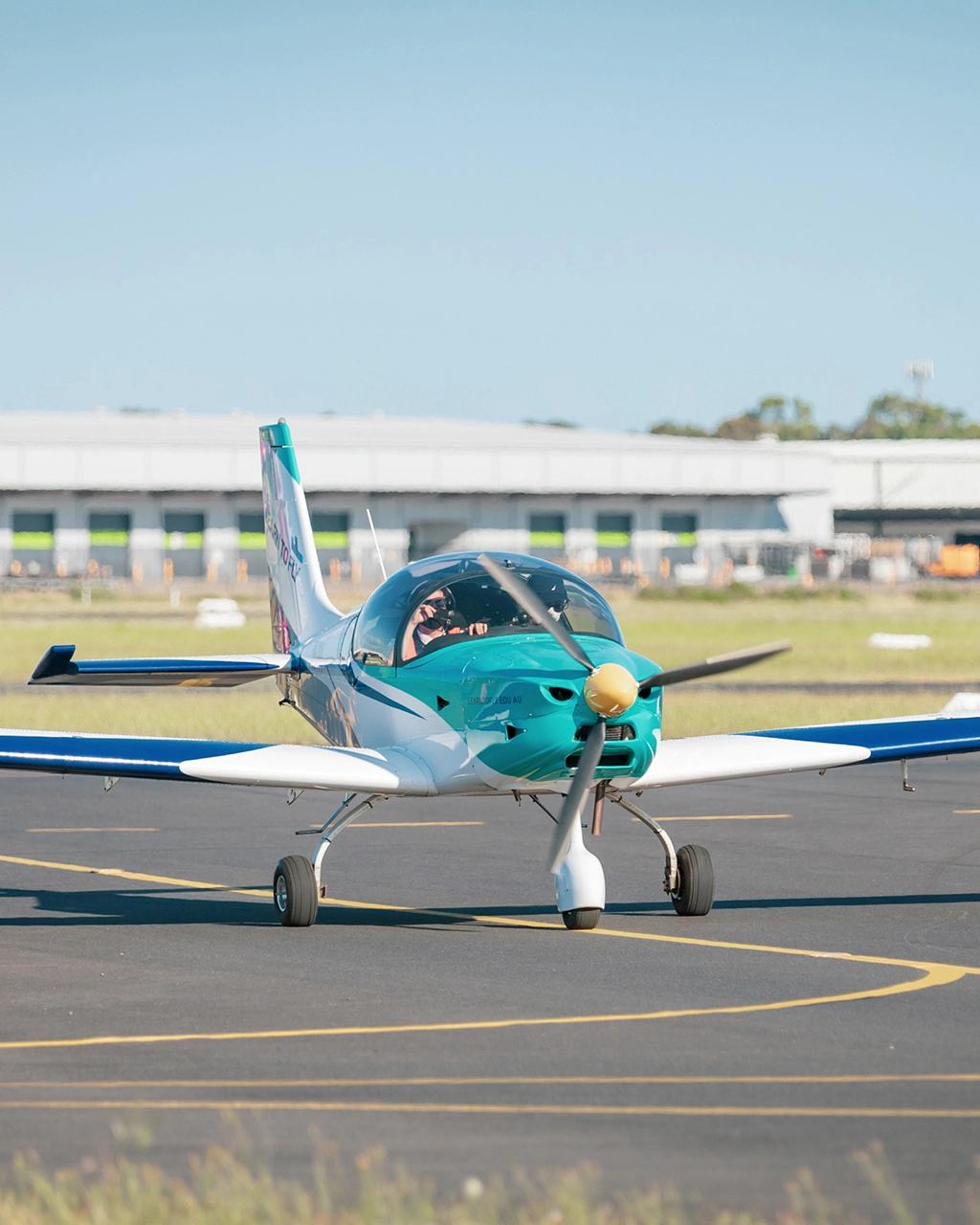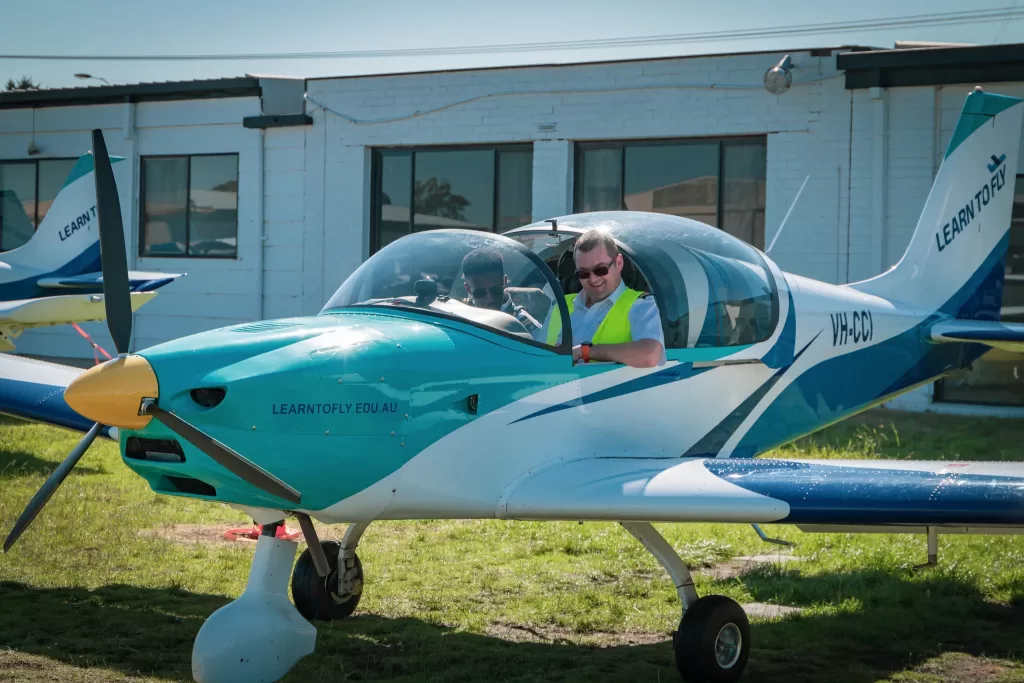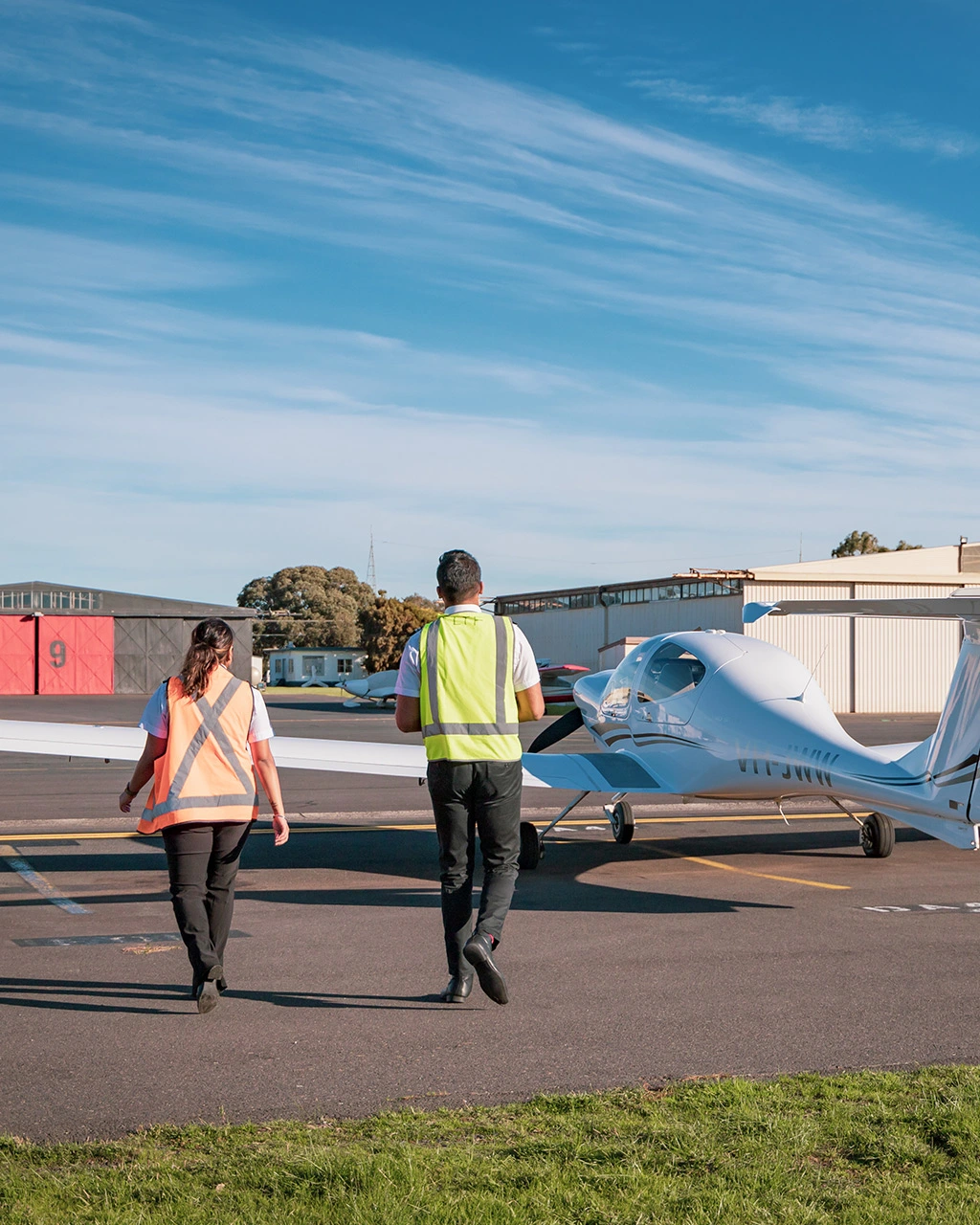A situation that requires a forced landing is something that most pilots would rather not experience while flying. But the reality is, that while uncommon, it could happen at any time. It’s a pilot’s job to be prepared. Like anything, practice makes perfect. In this blog we look at aircraft forced landing techniques.
To complicate things a little, there are a couple of different aircraft forced landing techniques a pilot may be instructed to follow. Knowing them all gives you more flexibility to make the right decision should the need arise. Lets take a look at both the traditional and alternative methods.
Traditional High Key / Low Key Forced Landing Technique
The High Key /Low Key technique is the method traditionally taught in most civilian flying schools across the world. This technique depends on your judgement of the trajectory of the flight in order to hit 1500 feet by your low key position, which is normally abeam your IAP (Initial Aiming Point) on a downwind.

Some believe this technique to be somewhat flawed. There are a lot of factors to process in order to clearly judge the altitude of your aircraft in a glide at a particular arbitrary point. It also requires the pilot to be extremely knowledgeable about surrounding terrains and the elevation of the terrain they are flying over, which sometimes can be challenging.
Constant Aspect Technique
The Royal Air Force has developed a newer method, known as the Constant Aspect Technique. This method combats the issues of different aircraft, and the requirements for some undetermined judgements.
The principle of this aircraft forced landing technique is that it removes all the guessing of altitude and descent angle. It narrows down to one thing, which is called the “Sight Line Angle” or SLA. It is the perceived angle between the IAP of your landing field and the horizon.
Realistically, all you can look at during the forced landing with this technique is airspeed and the SLA.

The SLA is the “Aspect” which is part of this entire forced landing approach, and the “Constant” is basically the entire technique itself. The ultimate goal of the entire pattern is to keep your SLA constant as you approach the IAP.
How To Conduct The Constant Aspect Technique
The first step to fly this approach is to pick a landing field within safe gliding distance and meet the criteria set out by your instructor. Next, you can choose a sensible IAP within the first third of your landing field. This will be the “fulcrum” where your aircraft will pivot during the entire pattern, which ideally is a round pattern unlike the High/Low Key method with a rectangular pattern.
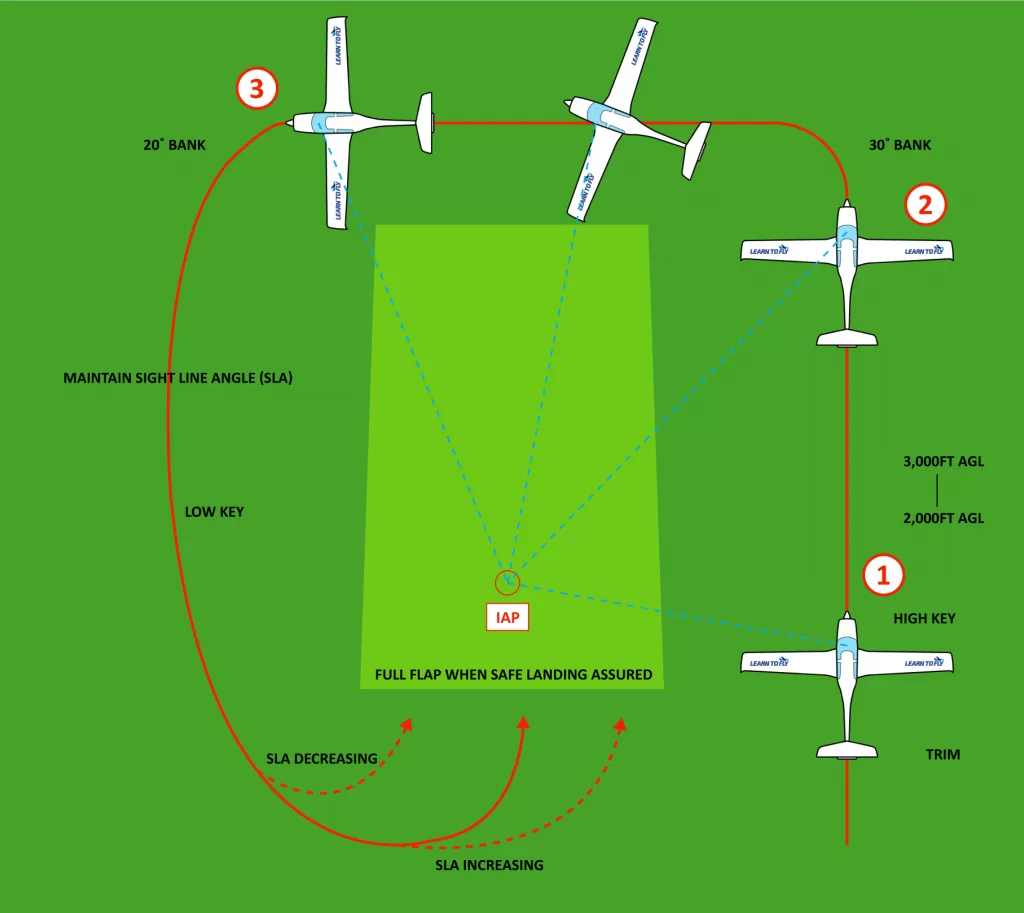
Ideally, you will join what is equivalent to a crosswind. However, depending on wind direction, it may be a direct downwind or a midfielder crosswind join into the “circuit”. It is important that your bank angle does not exceed 20 degrees during the approach. Otherwise, you may risk the SLA either increasing or losing airspeed and glide ratio due to the reduced vertical component of lift and increased drag.
If your SLA is increasing (getting too high), deviate from best glide speed or increase spacing.
If your SLA is decreasing (getting too low), decrease spacing, fly inwards.
When approaching final, you must make the turn in to directly approach your IAP. This is the time when you decide, using your knowledge of the trend of your SLA, whether you:
1. Cut in short
2. Fly a standard final, or
3. Overshoot and then turn back onto final depending on your height.
If the SLA is high, you have three options to get back onto glide path. You can use flaps, do S-turns or do a steep slip, or you can combine S-turns and steep slips if it is ridiculously high.
This technique is not only used by RAF but also being slowly accepted by flying schools around Europe and the UK.
It is recommended that everyone should practice the entire pattern all the way down into the flare and touchdown. You will find out, if you really are ridiculously high, you can still hold the slip into the flare, centralise the rudder when the aircraft sinks, and then continue to flare.
Experiment With Aircraft Forced Landing Techniques
Chat to your flight instructor about which method they prefer and why. Proactively seek to practice both aircraft forced landing techniques, so that you know which one you feel more comfortable with.
Thanks to LTF student pilot Howard Lau for contributing this article on aircraft forced landing techniques. For information on our flying courses, email hello@learntofly.com.hk/en or go to https://drift.me/learntofly/meeting to book a meeting and school tour. You can also get more handy flying tips by clicking below and subscribing to our YouTube channel!









